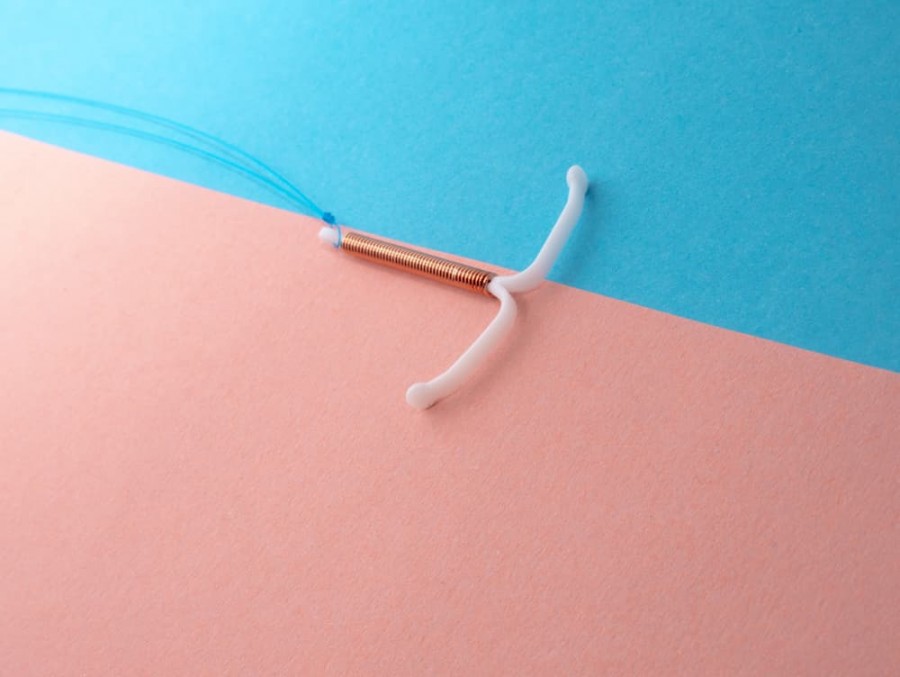The female egg is the largest cell in the human body and the richest in mitochondria – the energy powerhouse for all of our cellular activities. The egg is tasked with many energy-demanding activities, including ensuring the correct amount of genetic materials passed down to our offspring.
Interestingly, the inheritance of mitochondria is tightly maternal. Although the male sperm carries mitochondria into the egg during fertilisation, they have to be eliminated inside the egg through degradation. When this process is defective, the embryo contains more than one set of mitochondrial DNA, which harms the ensuing embryo development in a condition known as “heteroplasmy”.
Mitochondria as an indication of egg quality
The amount of mitochondria in the egg can be used to predict the ATP generating capability, which is a key determinant for its fertilisation potential. Good quality eggs that can lead to blastocysts are found to produce a certain level of ATP. This is because the total amount of mitochondria does not increase further during the first few days after fertilisation, making it critical to have an abundant reserve to start with.
When an egg is selected for final maturation before fertilisation but have inadequate mitochondrial activity, the last steps of maturation may be delayed or terminated. This can increase the rate of chromosome segregation defects (aneuploidy), which is directly related to a decline in pregnancy rate.
Apart from its best-known function in energy production, mitochondria are also involved in regulating oxidative stress, cell death and key signalling pathways. As mitochondria produce the cellular fuel, ATP, they also release a detrimental by-product called reactive oxygen species (ROS). This must be detoxified by antioxidants as they can lead to damages to our DNA and proteins.
Ageing and mitochondrial dysfunction
The female age is the single biggest factor in determining woman’s fertility, due to a decline in the quantity and quality of her eggs.
As women age, the number of mitochondria sharply declines in the egg, reducing the availability of cellular fuel. At the same time, the deleterious oxidative stress increases, contributing to lower egg quality. These dysfunctions are largely due to mutations or damages in the mitochondrial DNA.
When cellular fuel is reduced, the assembly of the spindle machinery which separates chromosomes can be disrupted. This usually leads to increased rates of aneuploidy and spontaneous abortions. It is estimated that the incidence of aneuploidy in young eggs from women in their 20’s is 2%, but dramatically increases to 35% around 40 years old.
Ways to improve mitochondrial function
There are currently a few methods that aim to improve mitochondrial health in eggs, but few have yet proven safe and effective.
For women with known mitochondrial mutations that could not sustain life, donor mitochondria or egg content (cytoplasm) can be transferred to replace defective mitochondria. However, this leads to the issue of “3 parent genome”, where the offspring may suffer from potentially harmful effects of mitochondrial heteroplasmy. Since the effect of having more than one mitochondrial genome on the offspring health is not entirely clear, the US FDA suggested that this technique be suspended in 2002.
There are other less radical approaches for improving mitochondrial health such as dietary supplementation. CoQ10 is a coenzyme that works in the mitochondrial respiratory chain. Since CoQ10 declines with age, supplementation may be able to compensate for the loss. Indeed, some evidence suggests that supplementation with CoQ10 may improve egg and embryo quality, especially in women with advanced reproductive age.
Having said that, supplementation is not necessarily suitable for your unique condition. For more personalised information regarding your fertility, you can contact Melbourne-based specialist, Dr Alex Polyakov here.
